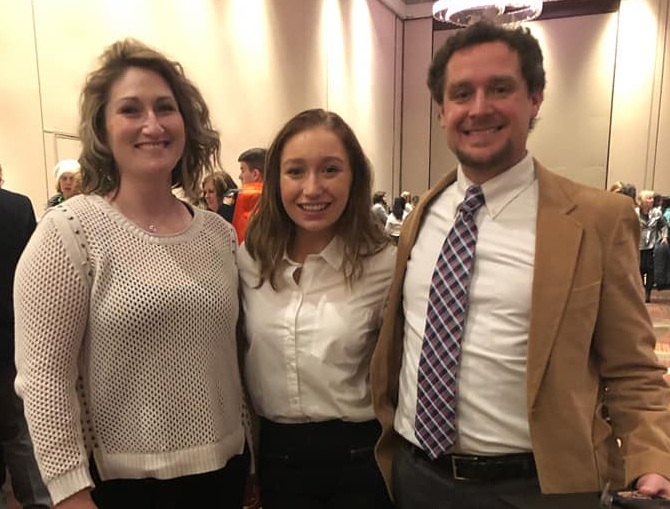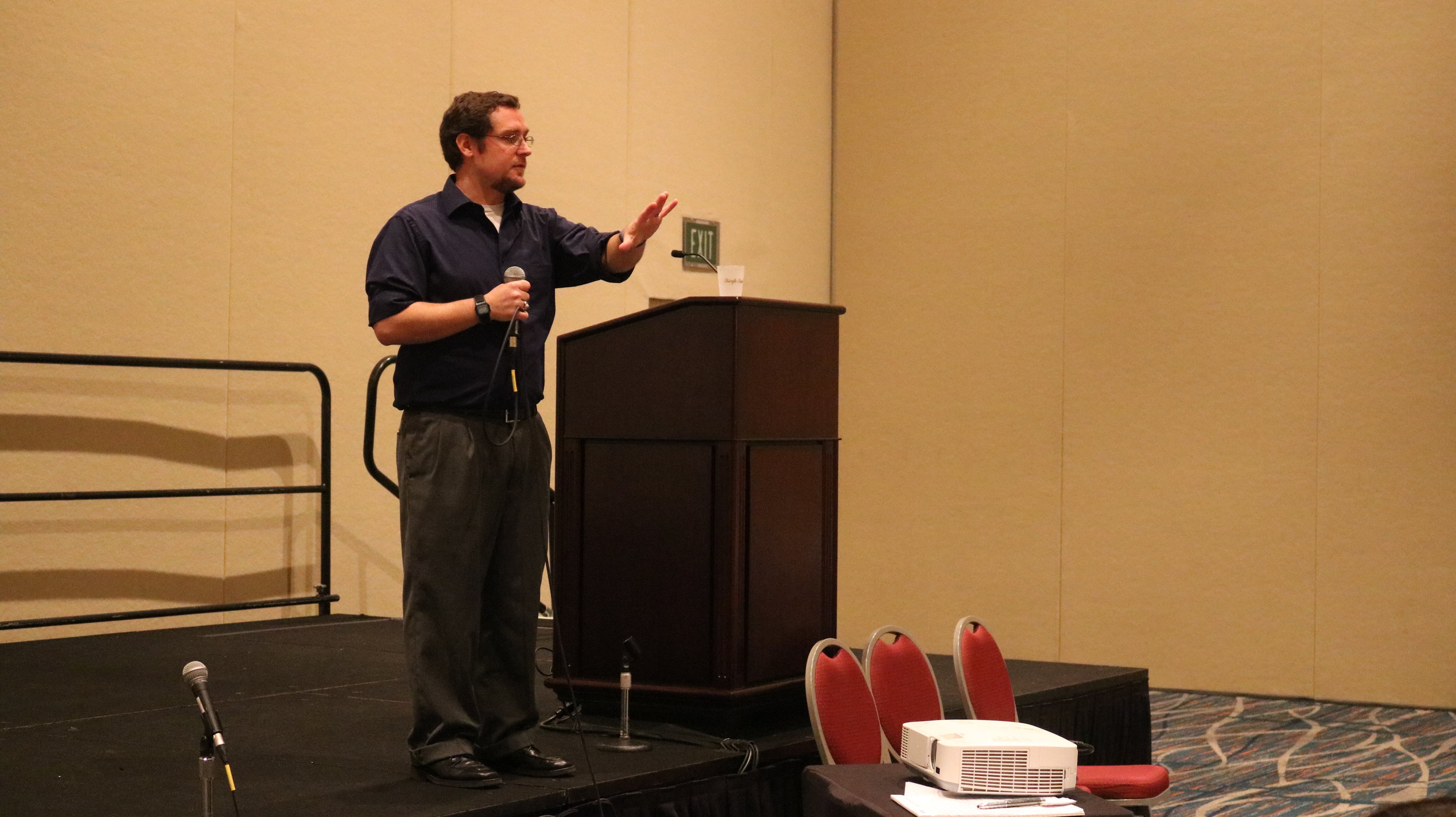RLL 66: Blended Family Birthday Party
The birthday Lou at a local Mexican restaurant, celebrating in style!
This past week, our blended family experienced a giant win! Our youngest daughter turned 12 years old, and we had a wonderful birthday party for her, with all the parents and siblings and three grandparents all in attendance at a local restaurant. We were there for about an hour and a half, and we all had a great time together. There was laughter, storytelling, singing, celebrating, cards, cake, and great fellowship. It was a wonderful example and reminder of how positive and uplifting blended family life can be. Having said that, it wasn’t always this way, and so I’d like to share with you a few thoughts on how we’ve been able to work together to bring about such inspiring situations.
First, understand that it takes patience and time. We’ve celebrated many birthdays for our girls together, and we’ve always tried to have them be positive and happy times for the kids. I think we’ve been mostly successful overall, though this one was noticeably more uplifting than some of them have been. It’s taken a few years for us all to be as comfortable as we are now, and it was enjoyable to see my ex-wife having a great laugh with my wife’s parents; just as it was fun for my girls’ stepdad and I to have a good time talking over dinner as well. We all also enjoyed the “kabloon” (read: balloon) antics of their young son throughout the meal. So, first: be patient because it’ll take time.
The birthday Lou after being serenaded by the excellent wait staff
Second, we have found that having birthday parties in a neutral location often works better than having them at one or the other family’s house. We have tried it both ways, and though the house-based parties have been fun, they also have been somewhat more subdued (at least for the parents) in some ways, probably because it just feels territorial. But the party at the restaurant this year, pool parties at a local swim club and skating parties at a local rink in the past; all of these have gone very well. It seems that it’s just easier for everyone involved to feel more at ease when the location is on neutral ground.
Third, it will take practice. Our first few efforts at having parties together went very well for the kids and the adults, though again there was a lot of tension. I give my wife and ex-wife a lot of credit, because they are the two most involved in planning these events, and they have always tried to work well together in terms of preparations, decorations, and distribution of tasks. The more we’ve done these joint events, the better they seem to go. Also, don’t believe the old saying that practice makes perfect. It doesn’t. Rather, practice makes permanent. So establish good basic habits while also being willing to experiment to see what works best for your family: weeknight or weekend, shorter or longer party, passive party (restaurant) vs. active party (skating, dancing, etc.), friends involved or just family, etc. There are a million different ways to celebrate your kids. The most important thing is to work together to make sure they know that ALL of their parents love them.
The birthday Lou with her little brother and one of her grandfathers
As a final thought: it’s also very important to make sure that everyone knows it’s not a competition. We purposely didn’t do gift exchanges at the party (we did cards, and the grandparents brought gifts) from the parents; these were done at home. This way, it doesn’t even have the appearance of either set of parents trying to out-gift the other set. Rather, the focus was on celebrating our daughter and making her feel extra-loved and appreciated.
How did we do? Well, you be the judge: at the end of the meal, the birthday girl came and sat on my lap for a minute and said, “Dad, I’m so thankful that we can all do this and celebrate together. It was great to see all of you talking and laughing, and I’m grateful it can just be fun and happy and enjoyable. I know that you all love me, and I’m glad you could all be here.” I count that as a major win!
Action Step: This week, begin thinking about whatever your next celebration is, and reach out to the other household to see how you can work together to make it special for the kids.
The birthday Lou with her Poppa and G








